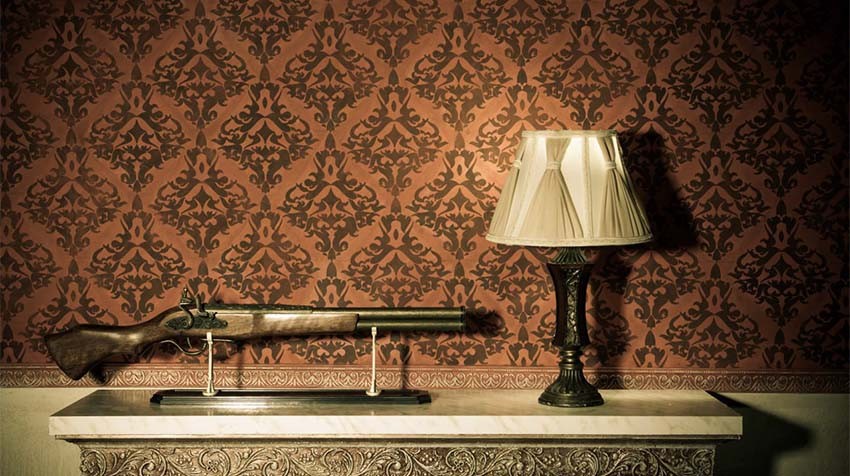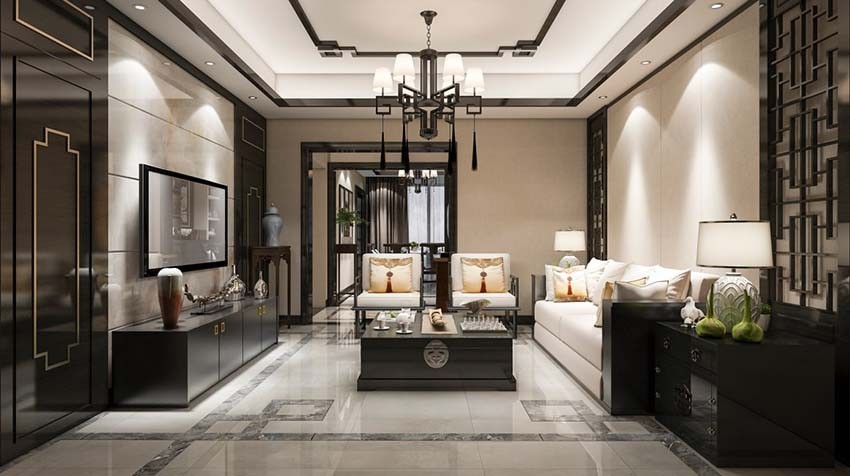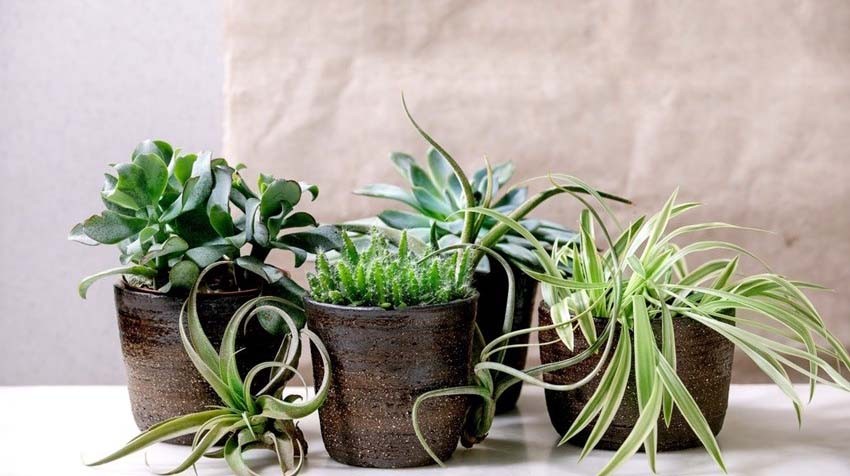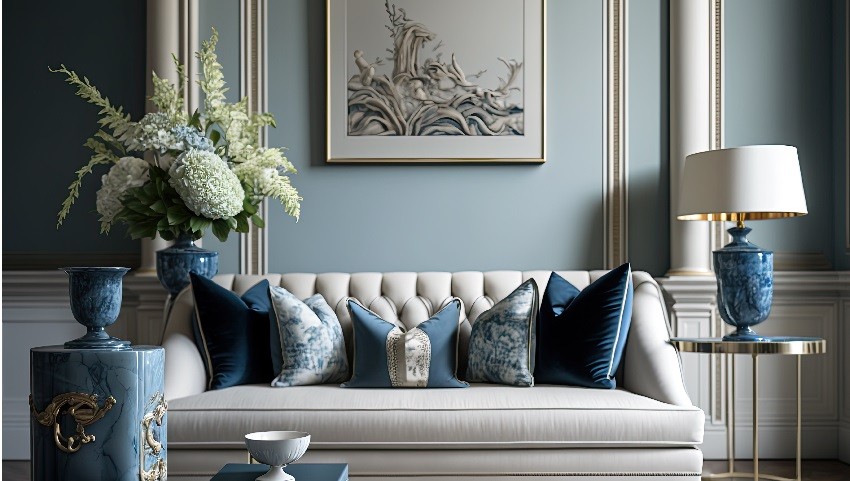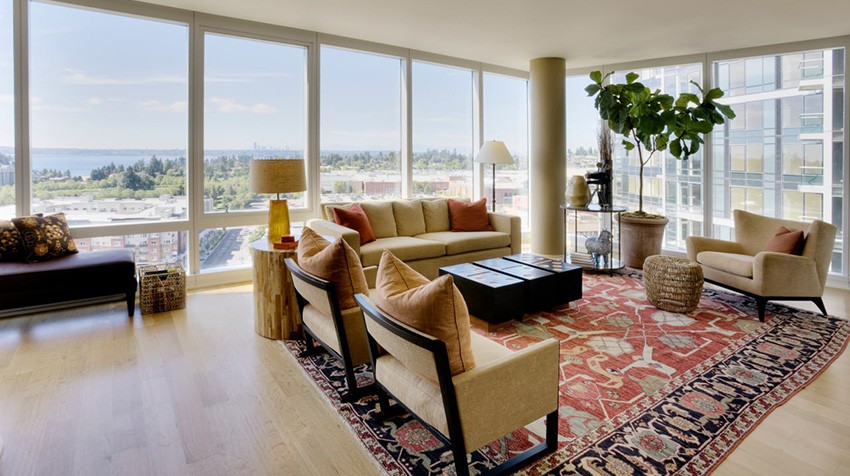
Rug Size Guide: How to Choose the Right Rug for Every Room
Selecting the right rug can dramatically improve the look, feel, and function of your space. More than a decorative accent, rugs offer comfort, define areas, reduce noise, and protect your floors. Whether you're furnishing a living room, bedroom, hallway, or outdoor space, the right rug size and material make all the difference. This comprehensive rug size guide provides expert tips on how to choose a rug that fits your room, your furniture, and your lifestyle.
Best Rug for the Living Room: Size, Material, and Placement Tips
The living room often serves as the central gathering space in a home. It's where people relax, entertain guests, and spend time with family. Choosing the right rug for the living room can help anchor your furniture, add warmth, and unify the layout.
Recommended rug materials: For a cozy, inviting feel, medium to high pile rugs are ideal. They provide softness underfoot and are perfect for lounging areas. For high-traffic living rooms or homes with pets and children, opt for a low-pile or flatwoven rug that’s easier to clean and maintain.
Ideal rug size and layout:
Place a large area rug under the entire seating arrangement to create a unified zone.
If space is limited, position the front legs of your sofa and chairs on the rug to connect the layout visually.
Always choose a rug that extends beyond the width of the sofa for balance.
For sectional or corner sofas, ensure the rug covers the full area under all seating components, including chaise lounges and side chairs. Avoid rugs that are too small or float awkwardly in the center — they tend to break the space instead of tying it together.
How to Choose a Dining Room Rug: Practical and Stylish Solutions
Dining areas benefit from rugs that combine design with easy maintenance. A properly sized rug enhances the dining set and allows chairs to move smoothly without catching or tipping.
Best rug types for dining rooms: Flatwoven and low pile rugs are ideal beneath dining tables. These styles resist stains better and make it easier to move chairs in and out. Choose durable materials that are simple to vacuum or spot-clean. Some synthetic options are even washable, making them excellent for everyday dining.
Sizing guidelines: Select a rug that extends at least 60 to 80 cm (24 to 31 inches) beyond all sides of the dining table. This ensures that chairs remain fully on the rug even when pulled back, preventing edge-curling and tripping.
If your dining table includes end seating, account for those dimensions when measuring the length of the rug. The rug should remain stable and flat, supporting both the furniture and daily movement.
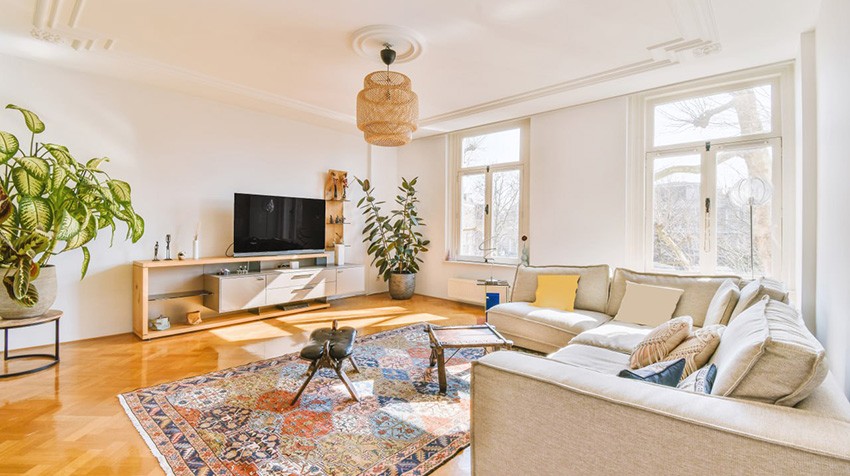
Bedroom Rug Ideas: Add Comfort and Cohesion
A well-placed bedroom rug can add softness, reduce echo, and make mornings more comfortable. It also visually frames the bed, making the space feel finished and balanced.
Ideal rug material: Choose a soft, plush rug for comfort — high pile or wool rugs work well in bedrooms. They offer warmth and create a cozy atmosphere. For allergy-prone rooms or easier maintenance, a dense low-pile rug or cotton flatweave may be more suitable.
Rug placement tips:
For larger beds (queen or king), place the rug under the lower two-thirds of the bed, extending at least 50 cm (20 inches) on both sides and the foot.
For twin beds or smaller rooms, use runners on each side of the bed or a single area rug positioned at the foot.
Make sure the rug does not block under-bed storage or create friction with drawers — in such cases, flatwoven rugs are a better option.
Matching the rug size to the bed not only improves function but also creates a luxury, hotel-style feel in your own home.
Hallway and Entryway Rug Guide: Durable and Functional Options
Entryways and hallways experience some of the highest foot traffic in a home. The right rug helps maintain cleanliness, adds visual interest, and protects the flooring.
Best rugs for high-traffic areas: Flatwoven rugs or low-pile runners are best suited for narrow spaces. These rugs are lightweight, easy to shake out or vacuum, and resistant to wear. For entry points, consider rugs that are moisture-resistant or designed to trap dirt, especially during wet seasons.
Proper sizing and placement: Use a hallway runner that spans most of the space but leaves a margin of at least 10 to 15 cm (4 to 6 inches) from the walls. In entryways, choose a rug that fits the footprint of the area and doesn’t interfere with door swing. Ensure that the rug lies flat to prevent slipping — use a non-slip pad if necessary.
Changing hallway rugs seasonally is a practical way to update your interior and manage wear.
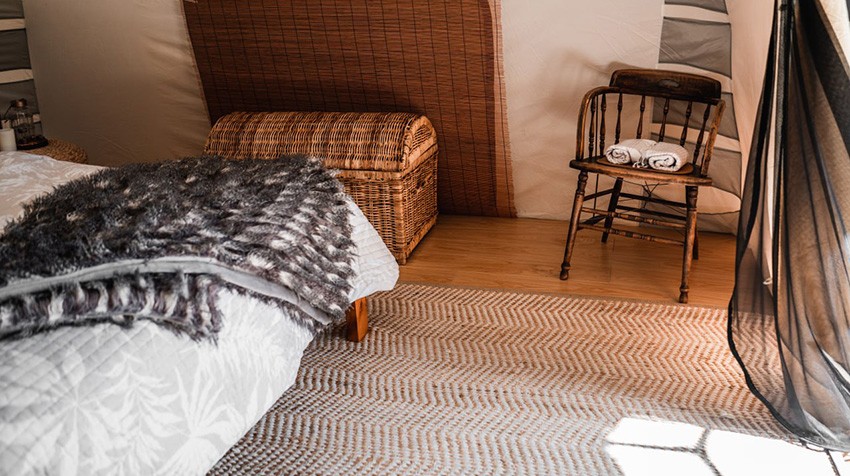
Outdoor Rug Selection: Weatherproof Comfort and Style
Outdoor rugs are a smart addition to patios, decks, and balconies. They soften hard surfaces, define seating or dining zones, and add a welcoming touch to exterior spaces.
Outdoor rug materials: Select rugs made specifically for outdoor use. These are typically crafted from synthetic fibers such as polypropylene, which are resistant to UV rays, moisture, and mildew. They are easy to clean and durable enough for both outdoor and indoor use in tough environments like kitchens or mudrooms.
Sizing and coverage: When used beneath outdoor furniture, the rug should cover the entire footprint of the seating or dining set. This ensures a unified appearance and prevents furniture legs from wobbling on uneven surfaces.
Outdoor rugs can also be used to separate zones in an open balcony or terrace, adding texture and interest while improving comfort.
Key Principles for Selecting the Perfect Rug
Choosing the right rug for your space involves more than picking a color or pattern. Consider these essential factors to ensure a functional and visually cohesive result:
Room size and layout: Measure carefully and leave space for furniture and foot traffic.
Rug material: Match the rug's texture and durability to the room’s purpose
Proper placement: Rugs should connect furniture pieces and guide the eye, not stand alone.
Functionality: Select materials and pile heights based on usage, maintenance needs, and comfort.
With the right rug, every room — from your living area to your outdoor patio — can feel more polished, comfortable, and complete.



